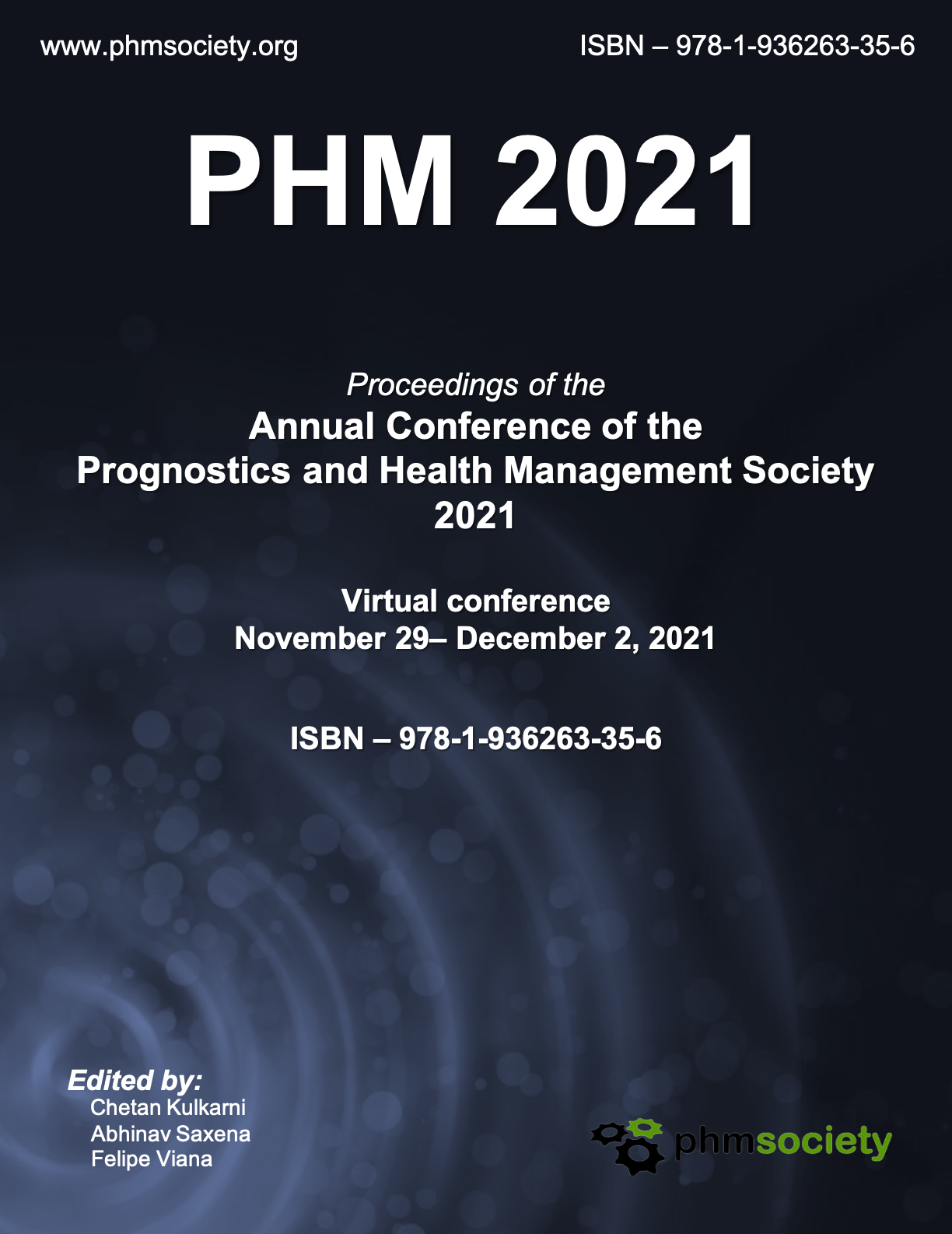An Application Based Comparison of Statistical Versus Deep Learning Approaches to Reciprocating Compressor Valve Condition Monitoring
##plugins.themes.bootstrap3.article.main##
##plugins.themes.bootstrap3.article.sidebar##
Abstract
This paper presents a vibration-based condition monitoring approach for early assessment of valve wear in an industrial reciprocating compressor. Valve seat wear is a common fault mode that is caused by repeated impact and accelerated by chatter. Seeded faults consistent with valve seat wear are installed on the head-side discharge valves of a Dresser-Rand ESH-1 industrial reciprocating compressor. Due to the cyclostationary nature of these units a time-frequency analysis is employed where targeted crank angle positions can isolate externally mounted, non-invasive, vibration measurements. A region-of-interest (ROI) is then extracted from the time-frequency analysis and used to train a suitably sized convolutional neural network (CNN). The proposed deep learning method is then compared against a similarly trained discriminant classifier using the same ROIs where features are extracted using texture and shape image statistics. Both methods achieve > 90% success with the CNN classification strategy nearing a perfect result.
How to Cite
##plugins.themes.bootstrap3.article.details##
compression technology, condition monitoring, time-frequency analysis, deep learning

This work is licensed under a Creative Commons Attribution 3.0 Unported License.
The Prognostic and Health Management Society advocates open-access to scientific data and uses a Creative Commons license for publishing and distributing any papers. A Creative Commons license does not relinquish the author’s copyright; rather it allows them to share some of their rights with any member of the public under certain conditions whilst enjoying full legal protection. By submitting an article to the International Conference of the Prognostics and Health Management Society, the authors agree to be bound by the associated terms and conditions including the following:
As the author, you retain the copyright to your Work. By submitting your Work, you are granting anybody the right to copy, distribute and transmit your Work and to adapt your Work with proper attribution under the terms of the Creative Commons Attribution 3.0 United States license. You assign rights to the Prognostics and Health Management Society to publish and disseminate your Work through electronic and print media if it is accepted for publication. A license note citing the Creative Commons Attribution 3.0 United States License as shown below needs to be placed in the footnote on the first page of the article.
First Author et al. This is an open-access article distributed under the terms of the Creative Commons Attribution 3.0 United States License, which permits unrestricted use, distribution, and reproduction in any medium, provided the original author and source are credited.
